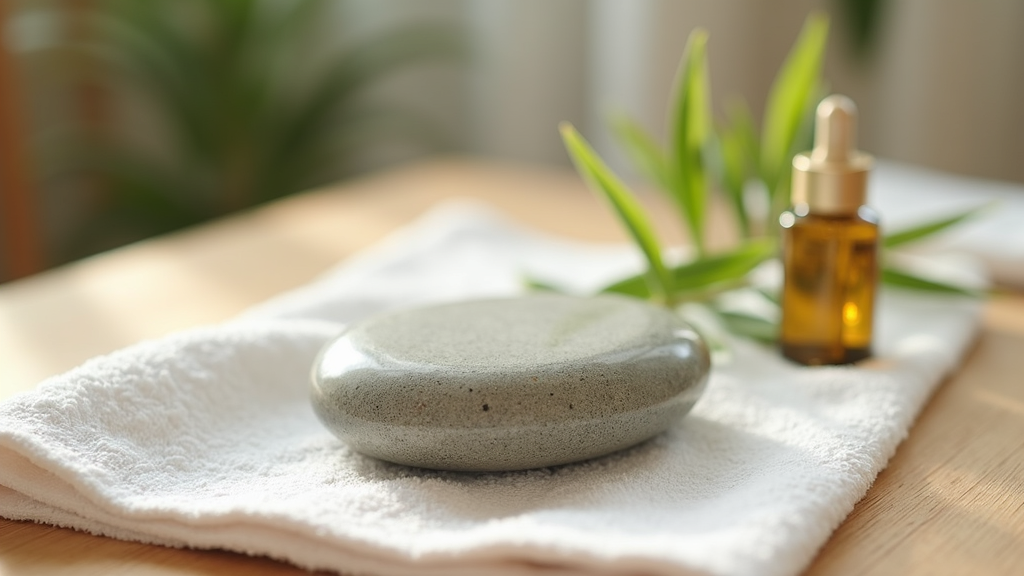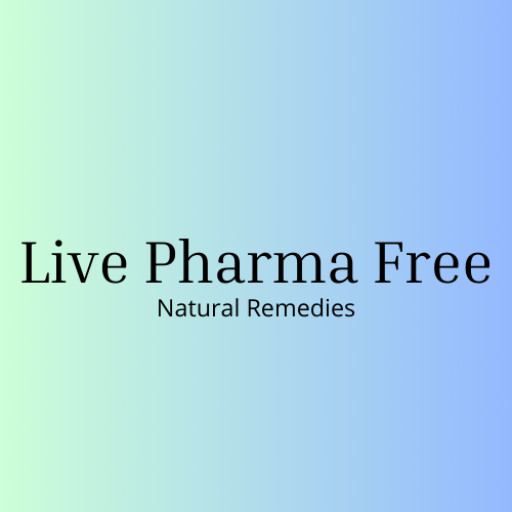Learn what to Expect After Gua Sha! From Skin Reactions to Aftercare Tips
If you’re new to gua sha or just tried your very first session, you’re probably wondering what actually happens next. Gua sha is an ancient East Asian practice that uses a smooth edged tool to gently scrape the skin. People often use it on their face, neck, or body to relax muscles and encourage healthy-looking skin. It’s straightforward, yet what comes after can surprise you a bit. Here I’ll break down what you might notice after a gua sha treatment, what’s normal, and how you can care for your skin so you get the best results from your routine.

Immediate Reactions: What You Might Feel Right Away
Right after finishing gua sha, most people notice a warm, tingling feeling in their skin. That makes sense, since the practice helps boost blood flow. The area may look a little pink or flushed, especially if you used firm pressure, but this usually lasts just a short while. For some, there’s even a light, pleasant buzzing sensation that lingers for about an hour. This vibe is pretty common and a sign your skin is getting some extra circulation.
One thing that often catches people off guard is the appearance of bright red or purple marks, called “sha.” These marks, which are basically petechiae (tiny broken blood vessels), are more common if you try gua sha on your body with firmer pressure, but much less common on the face where gentle strokes are used. They look intense but usually fade within a few days, sort of like a mild bruise.
Normal Skin Changes and Healing
Experiencing flushed skin, temporary redness, or lightly bruised spots is completely normal with gua sha. Here’s what you might see or feel during the hours and days after your session:
- Redness: Mild redness happens because more blood is brought to the area. It usually disappears in under an hour.
- Minor Bruising: Tiny bruises (or “sha” marks) can happen, especially on the back, neck, or limbs. They’re less common on the face but still possible if you’re heavy handed.
- Soreness: Treated spots might be a bit sensitive or sore like they’ve had a light workout. The sensation is similar to what some people get after a facial massage or after foam rolling muscles.
In my experience, as long as the redness or bruising isn’t severe or painful, and you’re not feeling any sharp discomfort, these aftereffects are all part of the process.
Why Does Gua Sha Cause These Changes?
Gua sha works by stimulating soft tissue and promoting circulation. The scraping motion helps:
- Move stagnant blood toward the skin’s surface
- Trigger lymphatic drainage for a less puffy look
- Break up muscle tension
This process explains both the short term marks and the afterglow many people notice. For people who are brand new to gua sha, these visible changes can feel dramatic, but they’re usually a marker that your body is responding the way it should.
Expected Benefits Over Time
After the initial redness fades, some cool benefits tend to show up over regular use. These perks build gradually if you stick with it, even at just a few sessions per week:
- Less Puffiness: Many people wake up looking less puffy, especially around the jaw and under the eyes.
- Glowing Skin: Fresh blood flow gives skin a healthier color and glow the day after.
- Boosted Relaxation: Gua sha sessions often help people destress. This is a less talked about win, but I find it’s one of the best things about the routine.
- Softer, Supple Skin: Over several weeks, consistent gua sha might help skin look smoother and feel a bit firmer.
Results aren’t instant, but if your skin responds well, it’s worth continuing and seeing what changes pop up in three to four weeks. Research, like this review in the Journal of Traditional and Complementary Medicine, shows benefits for muscle pain and circulation, which probably explain some of the positive effects people notice in their skin.
It’s also worth noting that while most users stumble upon visible changes like reduced swelling or a nice post gua sha glow, there are other subtle shifts. Some find their skin care products absorb a bit better after a gua sha session, while others track down improvements in jaw tension or morning stiffness. Remember, your unique skin may react differently, but the most important detail to watch for is steady, gentle progress over time—not instant transformations.
Things to Watch Out For
While gua sha is safe for most, there are a few things that are less common but good to keep in mind. Sometimes people see or feel:
- More pronounced bruises: This might happen if you used a lot of pressure, especially on the body, or if you have very sensitive skin.
- Little bumps or irritation: If you’re prone to breakouts, using too much oil or not cleaning your tool between uses can sometimes trigger a reaction.
- Vivid petechiae marks: If marks show up on your face and last more than a few days, take a break to let your skin recover.
- Broken skin: Gua sha should never cause cuts or open wounds. If it does, stop immediately and switch to a much lighter touch or consult a professional before trying again.
For anyone prone to broken capillaries, rosacea, or using prescription retinoids, talking to a dermatologist before starting gua sha is a smart step. Also, if you’re unsure about the right amount of pressure or the perfect oil for your skin, there’s no harm in asking a skin therapist for tips. Tinkering to find a comfortable routine is part of the adventure.
Simple Aftercare Tips for Healthy Results
Treat your skin kindly after a gua sha session to make the most of the experience and encourage a quick recovery. Here’s what I do, and what often works for others too:
- Hydrate: Drink a glass of water soon after gua sha. Supporting your lymphatic system helps flush out waste.
- Keep Skin Clean: Gently rinse your face or body so oil and any loosened skin cells are washed away.
- Apply Soothing Skincare: If your skin feels pink or warm, stick to a gentle, unscented moisturizer or aloe vera gel.
- Avoid Exfoliation: Give your skin a break from strong actives like retinol or heavy scrubs for at least a day.
- Protect From Sun: Freshly treated skin is a bit more sensitive to sun. SPF is extra important if you used gua sha that morning.
If you get marks or bruises, a cold compress can be soothing, but avoid anything harsh that could irritate your skin further. Most of the time, people find their skin goes back to normal quickly, but if you ever notice an unusual reaction, it never hurts to run it by a skin pro.
Including gua sha in your weekly rhythm is ultimately about comfort and consistency. Some people even add gentle face yoga stretches just after a gua sha session to give their skin and muscles a double boost. No matter which direction you lean, the key is consistency, gentle touch, and checking how your skin feels after each use.
Things It’s Probably Not Supposed to Do
Some red flags aren’t typical after gua sha. If you see any of these, hit pause and check in with a healthcare provider:
- Large, spreading bruises well outside the treated area
- Intense pain, swelling, or heat that doesn’t improve
- Any signs of infection like pus or open wounds
- Skin that blisters or peels dramatically
These symptoms usually mean something else is going on, and it’s best not to just “wait and see.” While gua sha is gentle when done right, improper tools or technique can cause problems, especially if you’re using heavy pressure or unclean tools. When in doubt, take a break and give your skin time to bounce back.
Everyday Real Life Applications
Gua sha isn’t just for luxury spa days. Plenty of people fit it into their routines for all kinds of reasons, from tight necks after sitting at a desk, to tired skin after a long week, or even to wind down after exercise.
- Office Workers: A quick gua sha session on the neck and shoulders can help ease muscle tightness after hours at the computer.
- Skincare Fans: Including gua sha is a way to make skin care routines more relaxing, especially on weekends or as part of a selfcare day.
- Gymgoers: Some people use gua sha on tired calves or arms to encourage quicker recovery after a workout.
- Students or Readers: If you spend lots of time with your head down in books or screens, a gentle gua sha run along your jaw or temples might reduce tension headaches.
- Busy Parents: Incorporating a quick gua sha ritual before bed can be a small but meaningful part of selfcare even in a hectic schedule.
It’s super popular in the beauty community on platforms like Allure and is a favorite among those curious about natural wellness approaches. If you’re looking to take up your routine a notch, just a few minutes with a gua sha tool a few times a week could be worth it for the added relaxation and glow.
Frequently Asked Questions
The biggest questions that come up after trying gua sha are usually practical and focus on what’s safe or normal to expect.
Q: How long do gua sha marks last?
A: Marks usually last two to four days on the body and fade much quicker on the face. Most are gone within a week.
Q: How often should I use gua sha?
A: Two to three times per week is typical for beginners, especially for facial gua sha. Take breaks if your skin gets irritated.
Q: Can I use gua sha if I have acne or sensitive skin?
A: Yes, but stick to very light pressure, keep everything extra clean, and avoid broken skin. Sensitive skin types see the best results with the most gentle approach.
Q: What oil should I use?
A: Simple, lightweight oils (like jojoba or squalane) are perfect for facial gua sha. Thick or scented oils can sometimes clog pores or irritate sensitive skin.
Wrapping Up: What Life Looks Like After Gua Sha
Gua sha aftereffects are usually all about brighter skin, a relaxed mood, and maybe some faded marks if you’re new to the process. Taking care of your skin right after, using clean tools, and adjusting your pressure as needed keeps your gua sha experience positive. If anything feels off or you’re unsure about a reaction, there’s no harm in asking a pro for guidance. With a few sessions under your belt, gua sha often becomes a fast favorite for everyday wellness and skin care. Keep an eye on your body’s feedback, and you’ll quickly get a feel for what routines and tools bring out your healthiest glow.

Leave a Reply